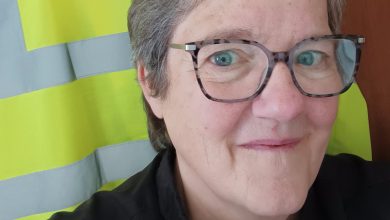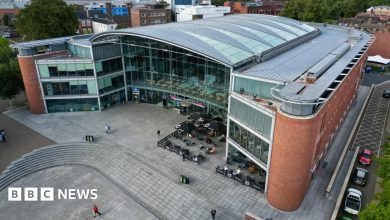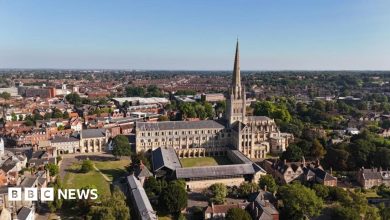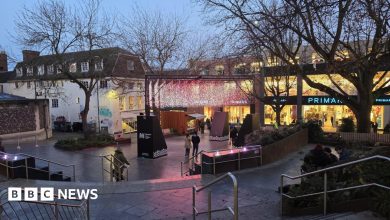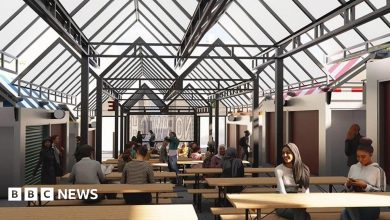Bishop joins walking tour on history of black people in Norwich
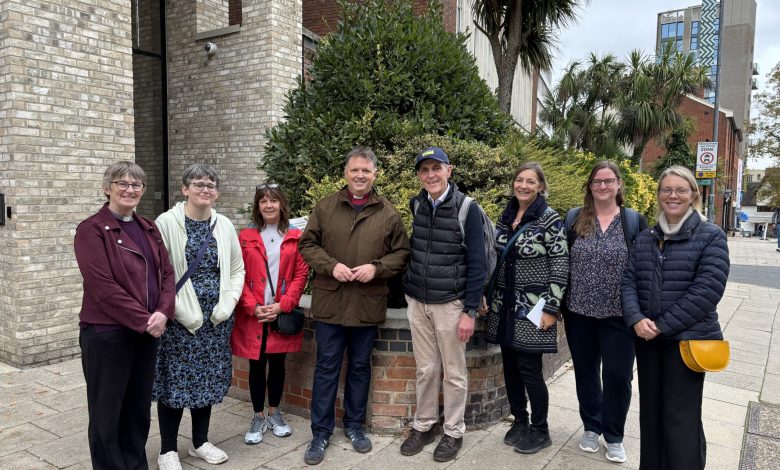
Exploring Norwich’s Rich Black History: A Walking Tour Experience
In an illuminating journey through Norwich’s historic streets for Black History Month, the Bishop of Norwich, Graham, embarked on a walking tour that unveiled the often overlooked contributions of Black individuals to the city’s vibrant heritage. This educational experience, expertly guided by historian Paul Dickson, brought to life centuries of stories that highlight how Norwich’s cultural tapestry has been enriched by Black presence and influence since the 18th century. The tour offered not just historical facts but a deeper understanding of how diverse communities have shaped this ancient English city through times of both adversity and progress.
The walking tour began near St. Peter Mancroft Church, where a poignant chapter of history unfolded in 1813 with the baptism of three Black children rescued from a slave ship. This starting point set the tone for a journey through time that would reveal both the struggles and triumphs of Black individuals in Norwich. The tour introduced participants to remarkable figures like Ukawsaw Gronniosaw, who made Norwich his home in the 18th century and achieved the distinction of being the first freed African slave to publish an autobiography in England. These personal narratives humanized historical events, connecting modern Norwich residents with the lived experiences of those who walked these same streets centuries ago but whose stories have often remained untold in conventional historical accounts.
As the tour progressed through the Norwich Lanes toward Timberhill, the narrative shifted to the 20th century and the complex impact of American military presence during World War II. Dickson explained how the U.S. Army and Air Force brought not only protection and alliance but also their institutional racial segregation to Norfolk, designating separate pubs for white and Black servicemen. Despite these divisions, the Black American servicemen introduced transformative cultural elements to Norwich, particularly rhythm and blues and soul music. This part of the tour highlighted how even in periods of discrimination, cultural exchange flourished, leaving lasting imprints on Norwich’s artistic landscape that continue to resonate today in the city’s music scene and cultural attitudes.
The walking tour didn’t shy away from addressing Norwich’s connections to the slave trade, but importantly balanced this by celebrating the region’s significant contributions to abolition. Participants learned about Norfolk’s prominent abolitionists, including Thomas Fowell Buxton, the Norfolk MP who courageously led the national campaign to end slavery, and Amelia Opie, who founded the women’s branch of the national Anti-Slavery Society. Opie’s children’s poem about the horrors of sugar plantations represented early educational activism against slavery, demonstrating how Norwich citizens used various platforms to fight injustice. This portion of the tour offered a nuanced understanding of how local individuals confronted the moral challenges of their era and took principled stands that helped change the course of history, reflecting Norwich’s longstanding tradition of independent thinking and social conscience.
The tour concluded with the inspiring story of Pablo Fanque, whose life journey from a Norwich workhouse to becoming Britain’s first Black circus owner embodies resilience and achievement against overwhelming odds. Fanque’s extraordinary career as a circus acrobat and entrepreneur not only broke racial barriers in Victorian entertainment but left such a lasting impression that he was immortalized centuries later in the Beatles’ song “Being for the Benefit of Mr. Kite!” Today, a modern mural in Norwich celebrates his legacy, a visual reminder of how Black heritage is woven into the city’s identity. This final story encapsulated the tour’s broader message about the enduring contributions of Black individuals to Norwich life across generations, from the arts and culture to business innovation and social reform.
Reflecting on the experience, Bishop Graham aptly noted that the tour provided “a great way to learn more about our city and how it has welcomed and been shaped by people from around the world.” This sentiment captures the tour’s value not just as a historical exercise but as a means of understanding Norwich’s identity as a city that has, at its best moments, embraced diversity and stood against injustice. As Black History Month continues to encourage deeper engagement with these important narratives, Paul Dickson’s walking tour offers locals and visitors alike an opportunity to see familiar streets through a new lens, recognizing the multiplicity of experiences that have contributed to Norwich’s character. For those inspired to explore this dimension of the city’s heritage, the next Norwich: A Black History tour is scheduled for October 26, with details available at pauldicksontours.co.uk. Through initiatives like this, Norwich demonstrates how understanding our shared past in all its complexity can help build more inclusive communities for the future.



